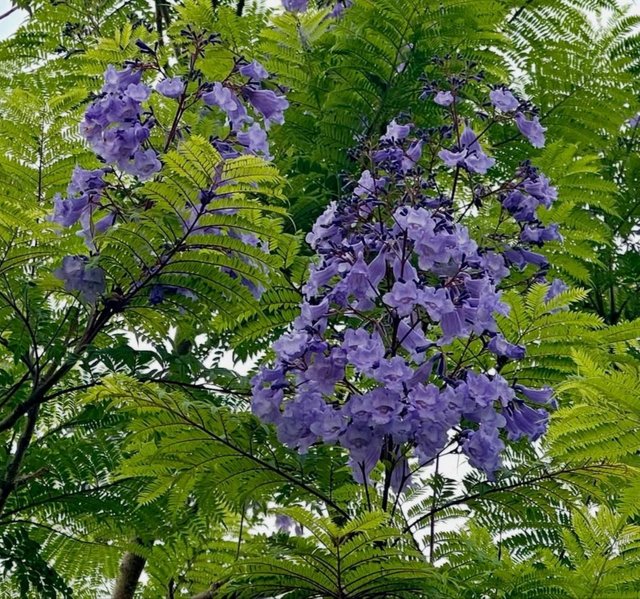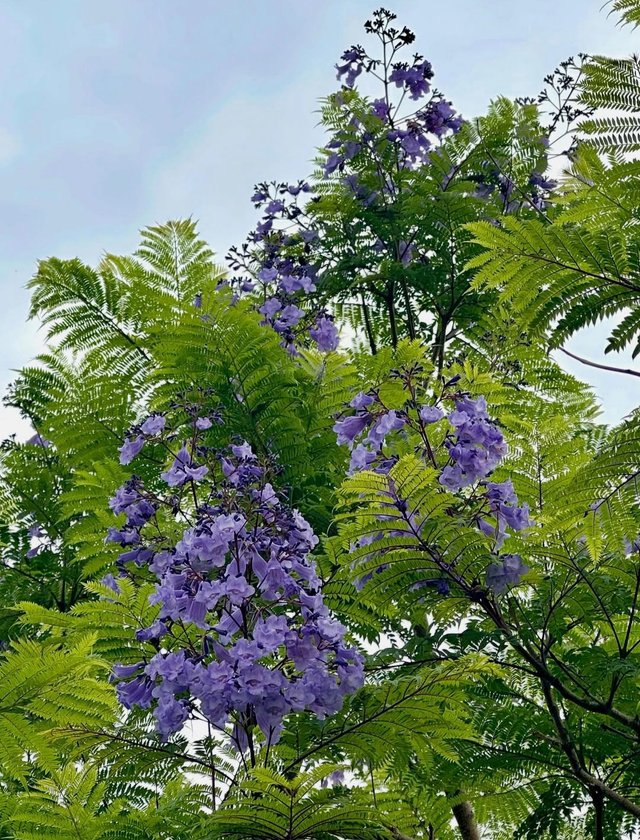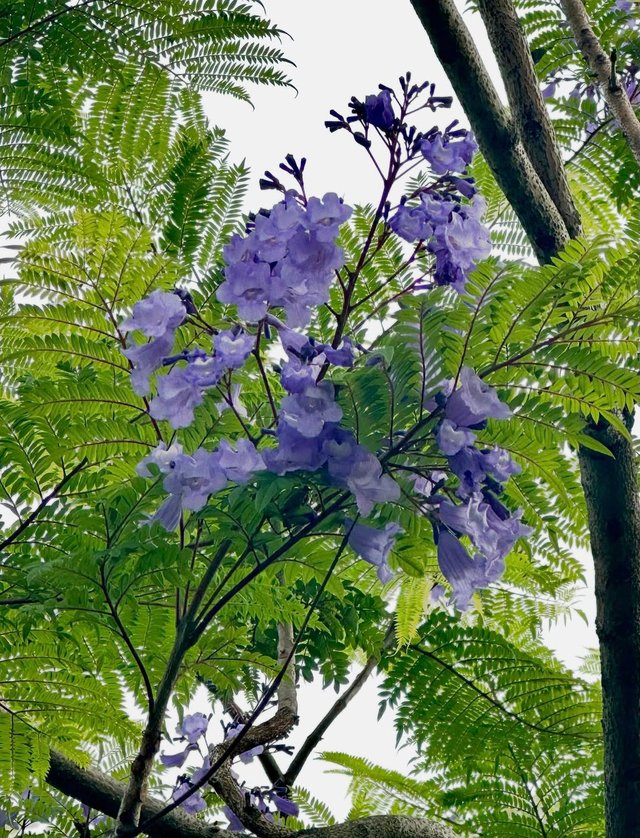Jacaranda Flower
Few natural sights can rival the dreamlike beauty of Jacaranda trees in full bloom. Draped in cascades of delicate, lavender-blue flowers, the Jacaranda mimosifolia transforms entire landscapes into ethereal purple wonderlands. Whether lining the streets of Pretoria, South Africa or splashing bursts of color through Los Angeles, Buenos Aires, or Brisbane, these trees have captured the imagination and admiration of people around the world.
Botanically, Jacaranda belongs to the Bignoniaceae family — the same family as trumpet vines. Its most famous species, Jacaranda mimosifolia, is a deciduous or semi-evergreen tree that can grow up to 10–15 meters tall. Its leaves are finely divided and fern-like, giving the tree a soft, feathery appearance even when not in bloom.Jacaranda’s trumpet-shaped flowers bloom in clusters, ranging in color from pale lilac to deep purple-blue. Each flower measures around 2–5 cm long and collectively creates a cloud-like effect, often so dense that the branches are barely visible beneath the blossoms.
Blooming typically occurs in spring to early summer — though in some warm climates, trees may bloom again later in the year. The flowers often fall to the ground, carpeting streets and sidewalks in a stunning purple blanket that feels almost magical, especially during a gentle breeze.In the language of flowers, Jacaranda stands for rebirth, wisdom, wealth, and serenity. The ephemeral nature of its bloom serves as a reminder of life’s fleeting beauty — to be cherished while it lasts.In spiritual contexts, the Jacaranda flower is said to enhance creativity and clear thinking, aligning with the crown chakra, which governs insight and higher consciousness.




